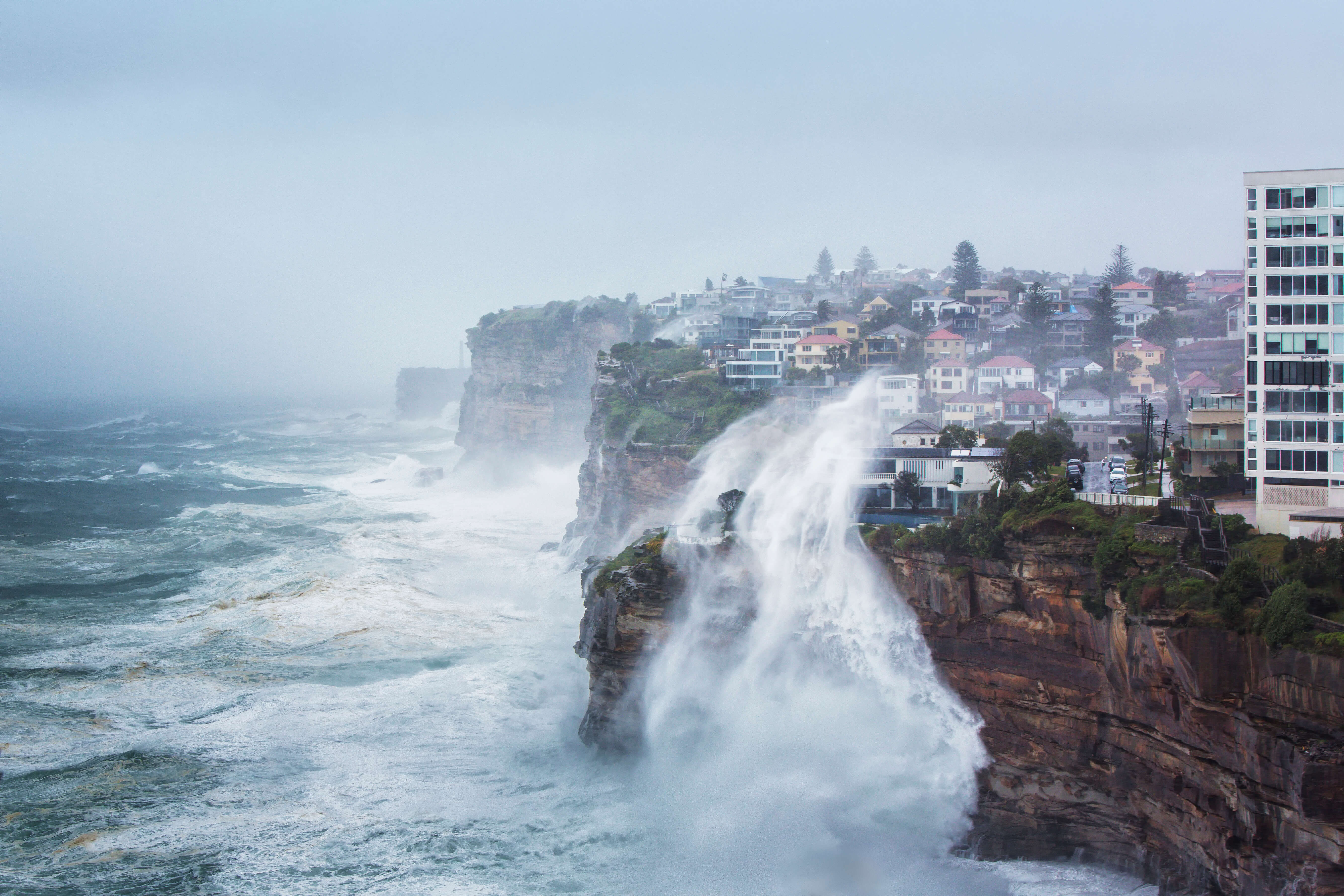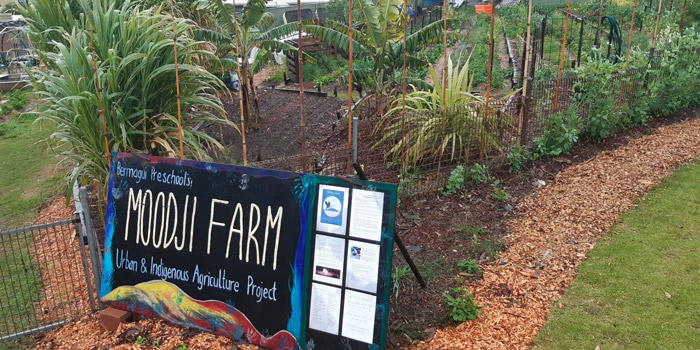One million Australian households – or 10% of the population – already spend more than four weeks’ yearly income on home insurance premiums.
We talk about inequity of climate change in developing nations. But at a micro level it's also going to happen in Australia, according to the work that we've done.
Sharanjit Paddam, Principal, Finity Group
As our climate changes, the risk of extreme events like bushfires, floods and cyclones grows. And so do home insurance premiums.
The cost of natural disasters is expected to rise to at least $73 billion a year by 2060, according to research from the Australian Business Roundtable.
Two thirds of the costs from natural disasters will be incurred in New South Wales and Queensland, as violent storms and floods become more frequent, and as warming oceans drive tropical cyclones further south.
The affordability of home insurance is affected by the risk of extreme weather and by socioeconomic disadvantage, Finity Group Principal Sharanjit Paddam told the audience at the AdaptNSW Forum 2022.
Sharanjit is Principal of strategic analytics firm, Finity Group, and a specialist in climate risk analysis. He is also the co-author of Home insurance affordability and socioeconomic equity in a changing climate, a paper commissioned by the Actuaries Institute and published in 2022.
This paper found the most vulnerable households – those with the lowest incomes and highest insurance costs – are typically in the areas most likely to be affected by natural disasters.
How extreme weather increases affordability pressure
Finity Group plotted the affordability of insurance for every house in Australia to understand the number of weeks it takes each household to pay its home insurance premium.
“About 90% of the population are paying about less than about four weeks of income... In NSW it’s actually 1.4 weeks,” Sharanjit said. This was “considered to be” affordable.
But the problem is for 10% of the households, where the premium is up to 7.4 weeks – or nearly two months' worth of income.
The research team then overlayed household insurance data with two climate scenarios: low emissions, with a less than 2°C temperature rise, and high emissions, where temperatures increase by more than 3°C by 2100.
These scenarios were based on scientific advice from the CSIRO, the Bureau of Meteorology, and the University of NSW as part of the Climate Measurement Standards Initiative.
In both scenarios, heightened cyclone, bushfire and flood risk increased affordability pressure.
Under the low emissions scenario, home insurance affordability pressure increased by 14% for vulnerable households and changed very little for other households.
But under the high emissions scenario, affordability pressure increased by 20% for vulnerable households.
Half of the Australian households that already spend more than $2,000 a year on home insurance premiums earn less than $65,000 a year.
But vulnerable households aren’t just those with lower incomes, Sharanjit revealed. They are also likely to be home to older residents, single adult households, renters, people with lower insurance literacy and with low levels of savings, for example.
This meant not only was insurance less affordable to these people, “but if an event hit them, they wouldn't have lots of saving they could tap into to cover their losses,” Sharanjit said.
10:1 resilience benefit-to-cost ratio
Finity Group’s research found people in Northern Queensland, the Northern Territory and Northern New South Wales are disproportionately represented in the category of ‘vulnerable’ households.
“We were interested to discover that there were large parts on inland New South Wales where the combination of flood risks and lower socioeconomic groupings drove affordability problems [with insurance],” he said.
The report illustrates a “wicked problem” – as the places that pose the greatest climate risk are also those with the lowest incomes. “We take the problem and we make it doubly worse.”
Home insurance affordability and socioeconomic equity in a changing climate recommended a range of solutions, from reducing development in high-risk areas to upgrading building codes to allow for the impact of climate change over time. (New South Wales current has the most robust energy efficiency and thermal performance standards for residential housing in Australia, following the introduction of the National Construction Code 2022 on 1 October 2023.)
The report also recommended greater data collection on availability and affordability of home insurance and vulnerable assets, as well as options to subsidise insurance for low-income households.
Investment in resilience is far more affordable than post-disaster payout, the audience learnt, and can achieve a 10:1 benefit to cost ratio.
“Policy solutions need to be targeted at vulnerable communities,” Sharanjit said. “We can’t just look at this from a risk perspective. We also have to look at people’s means to fix these problems.” Vulnerable households often don’t have the funds required to cyclone-proof their homes even with the assistance of grants and loans, he said.
Policies must, therefore, start with strong collaboration between all three tiers of government, insurers and banks, builders and developers, First Nation Australians and community groups.
We put our most vulnerable people in our most vulnerable housing. It’s a classic example of why natural disasters aren't natural… We create disasters.
Sharanjit Paddam, Principal, Finity Group
The AdaptNSW Forum 2022, held in partnership between the National Environmental Science Program and the NSW Government’s Office of Energy and Climate Change (OECC), attracted around 330 attendees and 85 presenters. Join the conversation in 2023 for two days of discovery, collaboration and innovation from 4-5 December. Register today for the AdaptNSW Forum 2022.
For more content, check out the Adapt2022 Forum session summaries.
Articles
Learn how Moodji Farm brings intergenerational collaboration to address climate change, support Indigenous heritage and build social resilience in Bermagui.
This collaboration between NSW DPI and the Redmap project demonstrates how marine species are responding to climate change and shows how citizen science can engage communities in conversations about climate adaptation.



